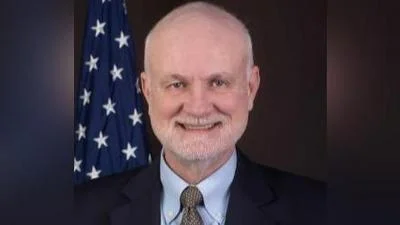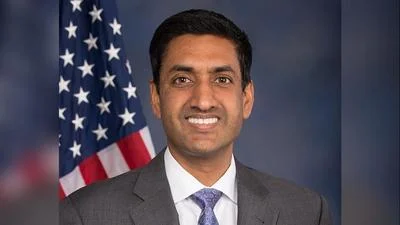John Taylor, Professor of Economics at Stanford University and developer of the "Taylor Rule" for setting interest rates | Stanford University
John Taylor, Professor of Economics at Stanford University and developer of the "Taylor Rule" for setting interest rates | Stanford University
On August 12, 2024, students who completed the Introductory Seminar (IntroSem) titled "How to Shoot for the Moon" presented their final projects, which included innovative solutions for space travel challenges. The course aimed to teach first- and second-year students design mindsets for envisioning human-centered technology in space.
The curriculum included weekly design challenges that encouraged students to reflect on profound questions such as "Who are you?" and "What do you want?" while applying these reflections to their academic and personal journeys. Seamus Yu Harte, a lecturer at the Hasso Plattner Institute of Design (d.school), emphasized the evolving nature of these questions: “I think it’s important to point out that we, the teaching team, don’t even have these answers for our own lives because those answers are always evolving.”
Now in its second year, this course is a collaboration between the d.school and the Department of Aeronautics and Astronautics at Stanford's School of Engineering. The instructors include Harte, Miki Sode from d.school, and Debbie Senesky from aeronautics and astronautics. They focused on fostering collaboration over traditional homework assignments by addressing various aspects of space travel like food production and mental health.
Senesky noted that radical collaboration was key: “Radical collaboration is a d.school principle that encourages multidisciplinary teams. That kind of collaboration between students and teachers is a theme of the class.” Sode added that psychological safety was crucial for student engagement: “This year, I think we cultivated a sense of psychological safety that allowed students to be vulnerable.”
Guest speakers from Blue Origin, SETI Institute, Google X, among others provided industry insights during classes held twice a week. First-year student Will Neal-Boyd expressed how meeting astronaut Christopher Sembroski affirmed his interest in space architecture: “Getting to talk to guest speakers about space architecture showed me that this is possible.”
Students pitched diverse projects ranging from modular nuclear energy plants to bioengineered sustainable materials for space travel in their final presentations attended by aerospace professionals. Saul Hernandez hopes to apply what he learned about human-centered technology towards green energy development in El Salvador.
The instructors plan to expand the course's experimental nature beyond Stanford. Harte highlighted their collaborative strength: “Miki, Debbie, and I are one of the best and most diverse teaching teams I’ve been a part of.” Senesky concluded with an optimistic outlook: “So be open, think big, and really shoot for the moon.”




 Alerts Sign-up
Alerts Sign-up